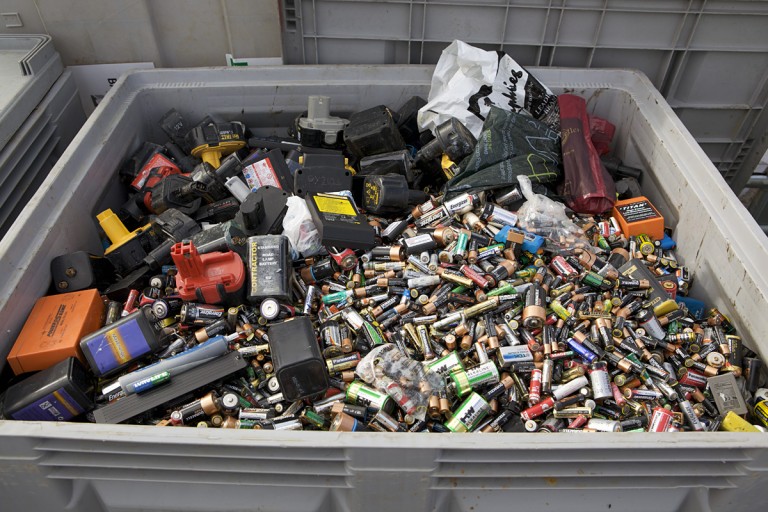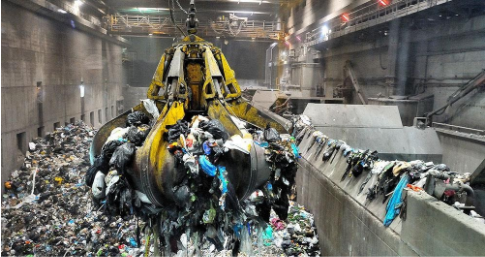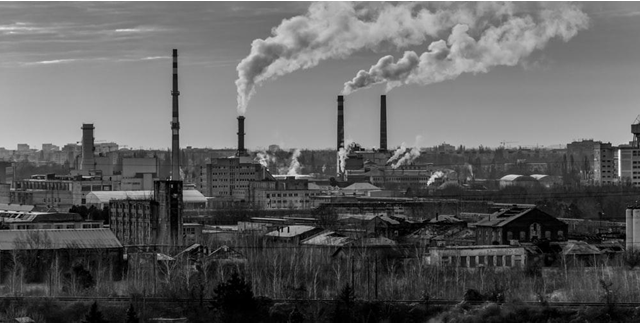The difference between ferrous and nonferrous metals
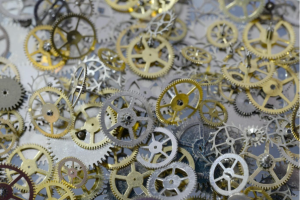
Metals are a class of chemical elements that are determined by the formation of metal bonds between positively charged ions, called cations, and free electrons.
They differ from the other main group of the periodic table – non-metals. In contrast, metals have a characteristic luster and conduct electricity . They are usually quite malleable and unbreakable. However, this is not 100% required.
Like non-metals, this group of elements is subject to appropriate typing according to different criteria. Accordingly, each category of metals has its own distinctive qualities.
They can be, for example, black or colored, but they can also be white, as well as brittle and unbreakable. Today we will talk in more detail about the two main groups – ferrous and non-ferrous metals, and we will try to outline the key differences between them.
The category of ferrous metals includes all metals that contain the element iron, as well as their alloys. They are strong and durable, thanks to which they often find application in a number of sectors such as infrastructure, industrial and building construction, shipbuilding activities and many others.
Non-ferrous metals are those that do not contain iron. They are also much more susceptible to processing and are lighter than ferrous ones. They are also applicable in many areas, such as aircraft design.
Ferrous metals generally have a higher carbon content than non-ferrous ones. This is what makes them more vulnerable to deterioration due to rust.
Due to this fact, non-ferrous metals and their alloys are chosen when it is known that a facility will be exposed to different climatic conditions. We must emphasize however, that wrought iron, although ferrous metal, resists rust longer.

Magnetic properties of different metals
Most ferrous metals have the property of magnetism . This means that they are attracted by the recharged poles of other magnetic materials and are repelled by the poles that have the same charge.
Scientists have long discovered a number of useful applications of the magnetic properties of metals . They have a particularly wide contribution in the production of electrical appliances and motors. Thanks to this property, we have our well-known beautiful magnets, traditionally attached to any refrigerator.
Non-ferrous metals do not have a magnetic charge. This makes them applicable in electrical installations and electronics.
Comparison in terms of weight and price
Ferrous metals are heavier than non-ferrous ones. However, non-ferrous metals are generally more expensive than ferrous metals. This is because they are rarer and more in demand.
Main types of ferrous metals
We’ll look at some of the most common iron-containing metals to look at them in a little more detail.
Wrought iron
As we have already said, wrought iron differs little from other ferrous metals in that it is more resistant to oxidation and corrosion processes. For this reason, it is very often used for exposed metal structures outdoors , such as fences, barriers, etc.
Steel
It’s no coincidence that they say “strong as steel.” Since it was invented in the mid-19th century, steel has very quickly become a metaphor for strength and machinability. It is used in the construction industry , as well as in many manufacturing activities.
In general, like wrought iron, steel is not susceptible to external influences , especially with regard to specialized types of steel called stainless steel.
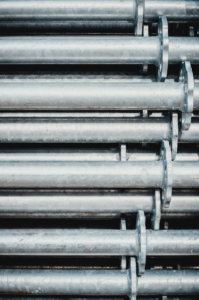 >
>Cast Iron
Cast iron is a type of hard iron that we use in a variety of ways – for household purposes, plumbing pipes, tools, etc.
Basic types of non-ferrous metals
Now let’s look at the most common types of non-ferrous metals , their properties and applications.
Aluminum
This is a lightweight, soft and workable material. It is widely used in aircraft construction. We also find it in the form of food packaging (cans, cans and other aluminum containers). It is also used for the manufacture of kitchen utensils. The good thing about it is that it provides an affordable alternative to recyclable packaging.
Honey
Copper has the quality of ductility. This means that it is a very strong conductor of electricity and heat. In addition, it is also ductile and easy to process as metal. It is a great choice for making wires in electrical installations.
Lead
With its low melting point and low strength, lead can be used in the manufacture of batteries, cables, solders, etc.
Precious metals
Precious metals are a special subclass of non-ferrous metals . These include silver, gold, platinum, as well as some less popular ones such as osmium, rhodium, iridium and others.
Recycling different metals
In today’s world of scarce resources and endangered environment, recycling is an extremely important topic that we should not overlook. This is what should play an important role when choosing a material or raw material to use .
Scrap metal , whether ferrous or non-ferrous, always maintains a high demand from buying points, as both categories are recyclable and there is always a market for them as secondary raw materials.
Metal recycling saves a lot of energy compared to what is needed to re-produce it from the relevant ores. Aluminum, for example, consumes only about 5 percent of the energy required for production. That’s why in the west you get bonus points for every returned recycling bin.
On the other hand, recycling all metals is a way to limit the amount of waste that is produced worldwide on a daily basis. This reduces greenhouse gas emissions and protects nature better.
Moreover, the extraction and primary production of some metals , especially steel, leads to the release of toxic substances into the environment. This adds even more. great importance for the renewal of these resources and their full utilization.
In China , for example, there are whole areas that report very high levels of pollution precisely because of the local steel industry.
In addition, re-use is necessary because metals are an exhaustible resource, and non-ferrous deposits, as we have said, are rarer and much sought after.
The good news is that non-ferrous metals can be recycled over and over again. Remarkably, they do not lose any of their chemical properties during this process.
Unlike them, in addition to being melted, ferrous metals must also be refined before being poured into the appropriate molds after being recycled.
Photos:
File: u-channels-5528516_1920
Text: Photo: Abel Sanchez / Pixabay
File: bernard-hermant-Zpdb7-owcpw-unsplash
Text: Photo: Bernard Hermant / Unsplash
File: laura-ockel-RZSrqJjhkeg-unsplash
Text: Photo: Laura Ockel / Unsplash
File: c-d-x-J6fmT2TosSA-unsplash
